Home>Gardening & Outdoor>Landscaping Ideas>What Is The Most Drought-Tolerant Grass Seed
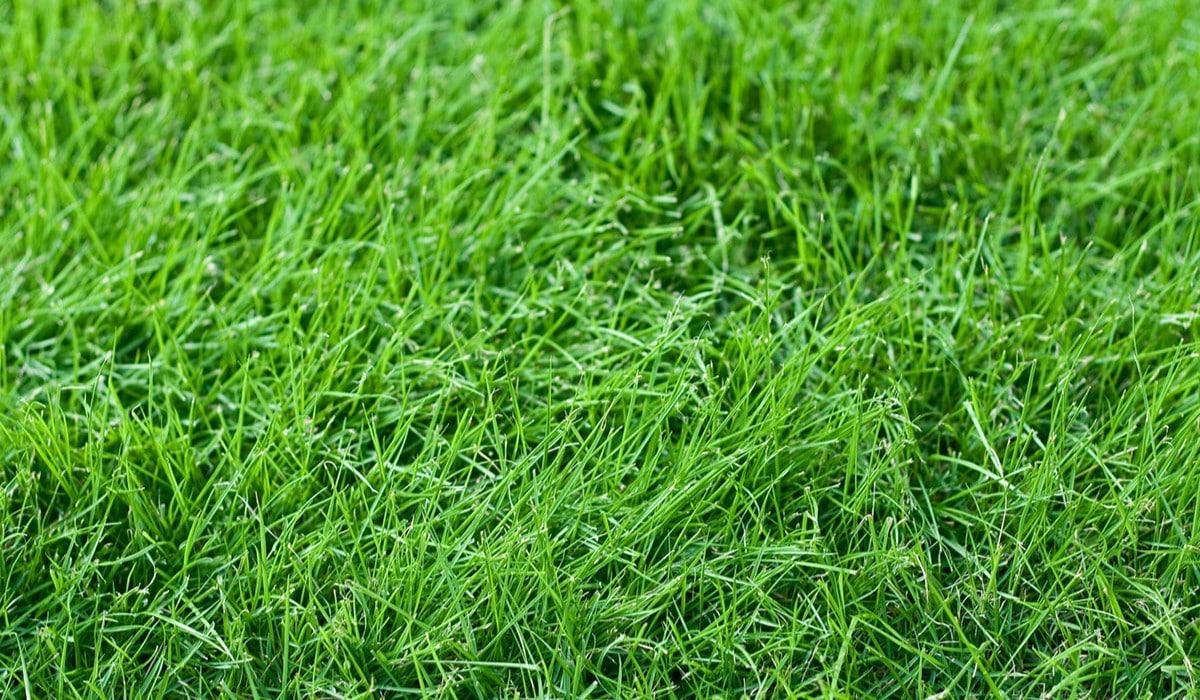

Landscaping Ideas
What Is The Most Drought-Tolerant Grass Seed
Modified: September 2, 2024
Looking for landscaping ideas? Discover the most drought-tolerant grass seed options to create a resilient and sustainable lawn.
(Many of the links in this article redirect to a specific reviewed product. Your purchase of these products through affiliate links helps to generate commission for Storables.com, at no extra cost. Learn more)
Introduction
In the realm of landscaping and lawn care, the quest for the perfect grass seed is a perennial pursuit. Homeowners and gardeners alike seek a lush, verdant lawn that can withstand the challenges of nature, including periods of drought. The ability to maintain a vibrant lawn even in the face of water scarcity is a highly desirable trait, and it has fueled the demand for drought-tolerant grass seed.
When it comes to selecting the most suitable grass seed for arid conditions, it's essential to delve into the nuances of drought tolerance and the various types of grass that exhibit this resilience. Understanding the characteristics of drought-tolerant grass seeds, the factors to consider when choosing the right option, and the best practices for planting and nurturing these seeds is crucial for achieving a thriving, resilient lawn.
Join us as we embark on a journey through the realm of drought-tolerant grass seeds, exploring the diverse options available and gaining insights into the best approaches for cultivating a resilient, water-efficient lawn. Whether you're a seasoned gardener or a novice enthusiast, this guide will equip you with the knowledge needed to make informed decisions and transform your outdoor space into a sustainable oasis. Let's dive into the world of drought-tolerant grass seeds and unlock the secrets to a vibrant, resilient lawn that can withstand the trials of dry spells.
Key Takeaways:
- Drought-tolerant grasses have unique traits like deep roots and narrow leaves, making them resilient in dry conditions. Homeowners can choose from varieties like Bermuda, Zoysia, and Fescue to create sustainable, water-efficient lawns.
- When selecting drought-tolerant grass seed, consider factors like climate, water efficiency, soil compatibility, and maintenance preferences. By following best practices for planting and nurturing, homeowners can cultivate lush, resilient lawns that thrive even in water scarcity.
Read more: What Grass Is Most Drought-Tolerant
Understanding Drought-Tolerant Grass
As the name suggests, drought-tolerant grass possesses the remarkable ability to endure extended periods of limited water availability without sacrificing its lush, green appearance. This resilience is attributed to the inherent characteristics of the grass species, which enable it to thrive in arid or semi-arid environments.
Drought-tolerant grasses often exhibit deep root systems that allow them to access moisture from lower soil layers, providing a crucial advantage during dry spells. Additionally, these grasses typically have narrow leaves, reducing surface area and minimizing water loss through transpiration. These adaptive traits enable drought-tolerant grasses to maintain their vigor and color, even when water resources are scarce.
Furthermore, some varieties of drought-tolerant grasses have evolved mechanisms to enter a dormant state during prolonged drought, preserving their energy and resources until more favorable conditions return. This natural survival strategy allows the grass to rebound once water becomes available, ensuring its long-term viability in challenging environments.
By understanding the unique attributes of drought-tolerant grass, homeowners and landscapers can make informed choices when selecting the most suitable grass seed for their specific climate and soil conditions. Whether it’s the resilient deep roots, the water-conserving leaf structure, or the adaptive dormancy feature, each characteristic plays a vital role in sustaining the health and vibrancy of the grass during periods of water scarcity.
With a deeper comprehension of the mechanisms that underpin the drought tolerance of these grasses, individuals can embark on their journey to cultivate a resilient, water-efficient lawn that remains visually stunning, even in the face of challenging environmental conditions.
Types of Drought-Tolerant Grass Seeds
When it comes to selecting the most suitable drought-tolerant grass seed for your lawn, a diverse array of options awaits. Each type of drought-tolerant grass seed boasts unique characteristics, allowing homeowners to tailor their choice to the specific requirements of their landscape and climate. Let’s explore some of the most popular types of drought-tolerant grass seeds, each offering its own blend of resilience, aesthetics, and adaptability:
- Bermuda Grass: Known for its exceptional drought tolerance, Bermuda grass thrives in hot, arid climates, making it a popular choice for lawns and sports fields in regions with limited water resources. Its fine texture and rapid growth make it an appealing option for those seeking a resilient, low-maintenance grass variety.
- Zoysia Grass: With its dense, lush growth and impressive drought tolerance, Zoysia grass is a top contender for homeowners seeking a visually appealing, resilient lawn. This grass variety exhibits excellent heat and drought tolerance, making it well-suited for regions with scorching summers and limited rainfall.
- Fescue Grass: Fescue grass varieties, such as tall fescue and fine fescue, are renowned for their adaptability to a range of climatic conditions, including drought-prone regions. These grasses offer a fine texture and exceptional resilience, making them a popular choice for homeowners seeking a versatile, drought-tolerant lawn solution.
- Buffalo Grass: Native to the North American prairies, buffalo grass is celebrated for its outstanding drought tolerance and low water requirements. Its ability to thrive in harsh, dry conditions makes it an attractive option for eco-conscious homeowners looking to establish a sustainable, water-efficient lawn.
- Celebration Bermuda Grass: This hybrid Bermuda grass variety is revered for its exceptional drought tolerance and rapid regrowth capabilities. With its vibrant green hue and robust resilience, Celebration Bermuda grass is a popular choice for lawns, parks, and recreational areas in regions with challenging water conditions.
Each type of drought-tolerant grass seed offers a unique blend of characteristics, from texture and color to resilience and water efficiency. By exploring the diverse options available, homeowners can identify the most suitable grass seed that aligns with their aesthetic preferences and environmental considerations, paving the way for a vibrant, sustainable lawn that flourishes even in the harshest of conditions.
When looking for drought-tolerant grass seed, consider varieties like Bermuda grass, buffalo grass, and zoysia grass. These types are known for their ability to withstand dry conditions and require less water compared to other grasses.
Factors to Consider When Choosing Drought-Tolerant Grass Seed
When embarking on the journey to select the most suitable drought-tolerant grass seed for your lawn, several key factors warrant careful consideration. By evaluating these critical elements, homeowners can make informed decisions that align with their specific landscape, climate, and aesthetic preferences. Here are the essential factors to ponder when choosing drought-tolerant grass seed:
- Climate and Region: Assessing the local climate and region is paramount when selecting drought-tolerant grass seed. Consider the average precipitation, temperature ranges, and soil conditions in your area to determine which grass varieties are best suited to thrive in your specific environment.
- Water Efficiency: Evaluate the water efficiency of different grass seed varieties, considering their ability to thrive with minimal irrigation. Look for grasses with low water requirements, as these can significantly contribute to water conservation efforts while maintaining a lush, resilient lawn.
- Soil Compatibility: Understanding the soil composition and pH levels in your lawn is crucial for selecting compatible grass seed. Some drought-tolerant grasses thrive in sandy soils, while others excel in clay-based or loamy soils. Assessing the soil compatibility ensures optimal growth and longevity of the grass.
- Maintenance Preferences: Consider your maintenance preferences when choosing drought-tolerant grass seed. Some varieties may require minimal mowing and fertilization, making them ideal for low-maintenance landscapes, while others may necessitate more intensive care to achieve their full potential.
- Aesthetic Appeal: Assess the visual characteristics of different grass seed varieties, including color, texture, and growth patterns. Select a grass seed that aligns with your aesthetic preferences, complementing the overall design and ambiance of your outdoor space.
- Resilience to Foot Traffic: If your lawn experiences frequent foot traffic from children, pets, or outdoor activities, prioritize grass varieties with robust resilience to foot traffic. Look for drought-tolerant grass seed that can withstand heavy use without compromising its lush appearance.
By carefully evaluating these factors, homeowners can make informed decisions when selecting drought-tolerant grass seed, ensuring that their choice aligns with the unique characteristics of their landscape and the environmental conditions of their region. This thoughtful approach sets the stage for cultivating a vibrant, resilient lawn that flourishes even in the face of water scarcity, enhancing the beauty and sustainability of outdoor spaces.
Best Practices for Planting Drought-Tolerant Grass
Planting drought-tolerant grass seed requires careful consideration and adherence to best practices to ensure the successful establishment of a resilient, water-efficient lawn. By following these essential guidelines, homeowners can optimize the growth and vitality of drought-tolerant grass, fostering a lush and sustainable outdoor environment:
- Soil Preparation: Begin by preparing the soil to create an optimal environment for seed germination and root development. Remove debris, rocks, and weeds, and till the soil to improve aeration and drainage. Consider incorporating organic matter, such as compost, to enhance soil fertility and moisture retention.
- Seed Selection: Choose high-quality drought-tolerant grass seed that aligns with the climate and soil conditions of your region. Consider factors such as water efficiency, resilience, and aesthetic appeal when selecting the most suitable grass seed for your lawn.
- Proper Seeding Technique: Follow recommended seeding rates and techniques to achieve even coverage and optimal germination. Consider using a seed spreader to ensure uniform distribution, and gently rake the seeds into the soil at the appropriate depth for successful establishment.
- Watering and Irrigation: Initiate a consistent watering schedule to facilitate seed germination and early growth. While drought-tolerant grasses require less water once established, providing adequate moisture during the initial growth phase is crucial for promoting healthy root development and overall resilience.
- Maintenance Practices: Implement appropriate maintenance practices, including regular mowing, fertilization, and weed control, to support the long-term health and vigor of the drought-tolerant grass. Adjust mowing heights based on the grass variety and environmental conditions, and use fertilizers tailored to the specific needs of drought-tolerant grasses.
- Monitoring and Adjustment: Monitor the growth and performance of the newly planted grass regularly, making adjustments to irrigation, maintenance, and care practices as needed. Stay attuned to environmental changes and adapt your lawn care routine to optimize the resilience and water efficiency of the grass.
By adhering to these best practices, homeowners can lay the foundation for a thriving, drought-tolerant lawn that flourishes in the face of water scarcity. From meticulous soil preparation to attentive maintenance and monitoring, each step plays a pivotal role in nurturing a resilient, water-efficient lawn that enhances the beauty and sustainability of outdoor spaces.
Conclusion
As we conclude our exploration of drought-tolerant grass seeds, it becomes evident that these resilient varieties hold the key to cultivating vibrant, sustainable lawns that can withstand the challenges of water scarcity. The journey to selecting, planting, and nurturing drought-tolerant grass seed is a multifaceted endeavor, encompassing a deep understanding of the unique characteristics of these grasses and the best practices for fostering their growth.
By delving into the world of drought-tolerant grass seeds, homeowners and landscapers gain access to a diverse array of options, each offering a blend of resilience, water efficiency, and aesthetic appeal. From the rapid growth of Bermuda grass to the lush density of Zoysia grass and the adaptability of Fescue grass, the choices are abundant, allowing individuals to tailor their selection to the specific demands of their landscape and climate.
Furthermore, the thoughtful consideration of critical factors, such as climate, water efficiency, soil compatibility, and maintenance preferences, empowers homeowners to make informed decisions when choosing drought-tolerant grass seed. This strategic approach sets the stage for establishing a resilient, water-efficient lawn that not only thrives in arid conditions but also contributes to water conservation efforts and sustainable landscaping practices.
As individuals embark on the journey of planting drought-tolerant grass seed, adhering to best practices becomes paramount. From meticulous soil preparation and proper seeding techniques to attentive watering, maintenance, and monitoring, each step plays a crucial role in nurturing the growth and vitality of drought-tolerant grass, culminating in the creation of a lush, resilient outdoor oasis.
Ultimately, the pursuit of a vibrant, water-efficient lawn through the cultivation of drought-tolerant grass seed embodies a harmonious blend of environmental stewardship, aesthetic enhancement, and sustainable living. By embracing the resilience and adaptability of these grass varieties, individuals can transform their outdoor spaces into havens of natural beauty, where lush greenery thrives even in the face of water scarcity, enriching the landscape and fostering a deeper connection to the natural world.
With a deeper understanding of the nuances of drought-tolerant grass seeds and the best practices for their cultivation, individuals are poised to embark on a transformative journey, cultivating resilient, water-efficient lawns that stand as testaments to the enduring power of nature and the artistry of sustainable landscaping.
Frequently Asked Questions about What Is The Most Drought-Tolerant Grass Seed
Was this page helpful?
At Storables.com, we guarantee accurate and reliable information. Our content, validated by Expert Board Contributors, is crafted following stringent Editorial Policies. We're committed to providing you with well-researched, expert-backed insights for all your informational needs.
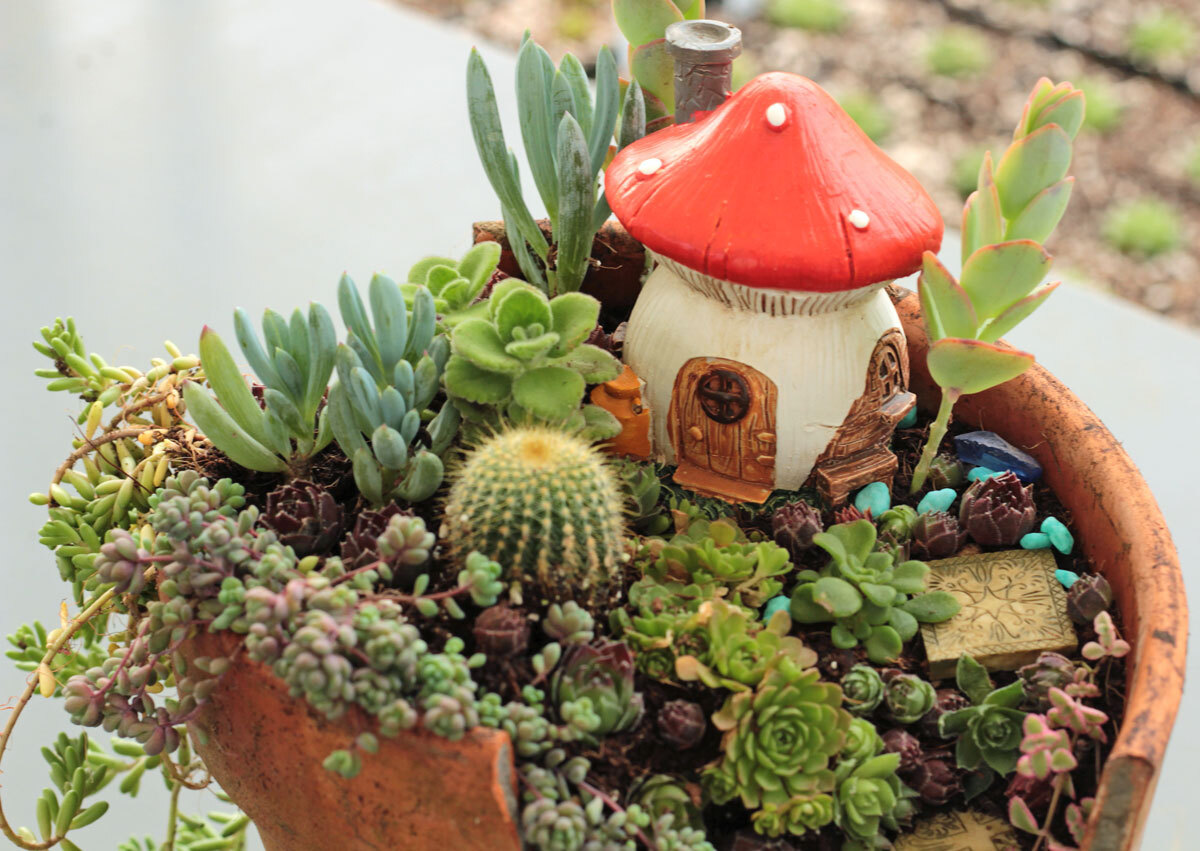
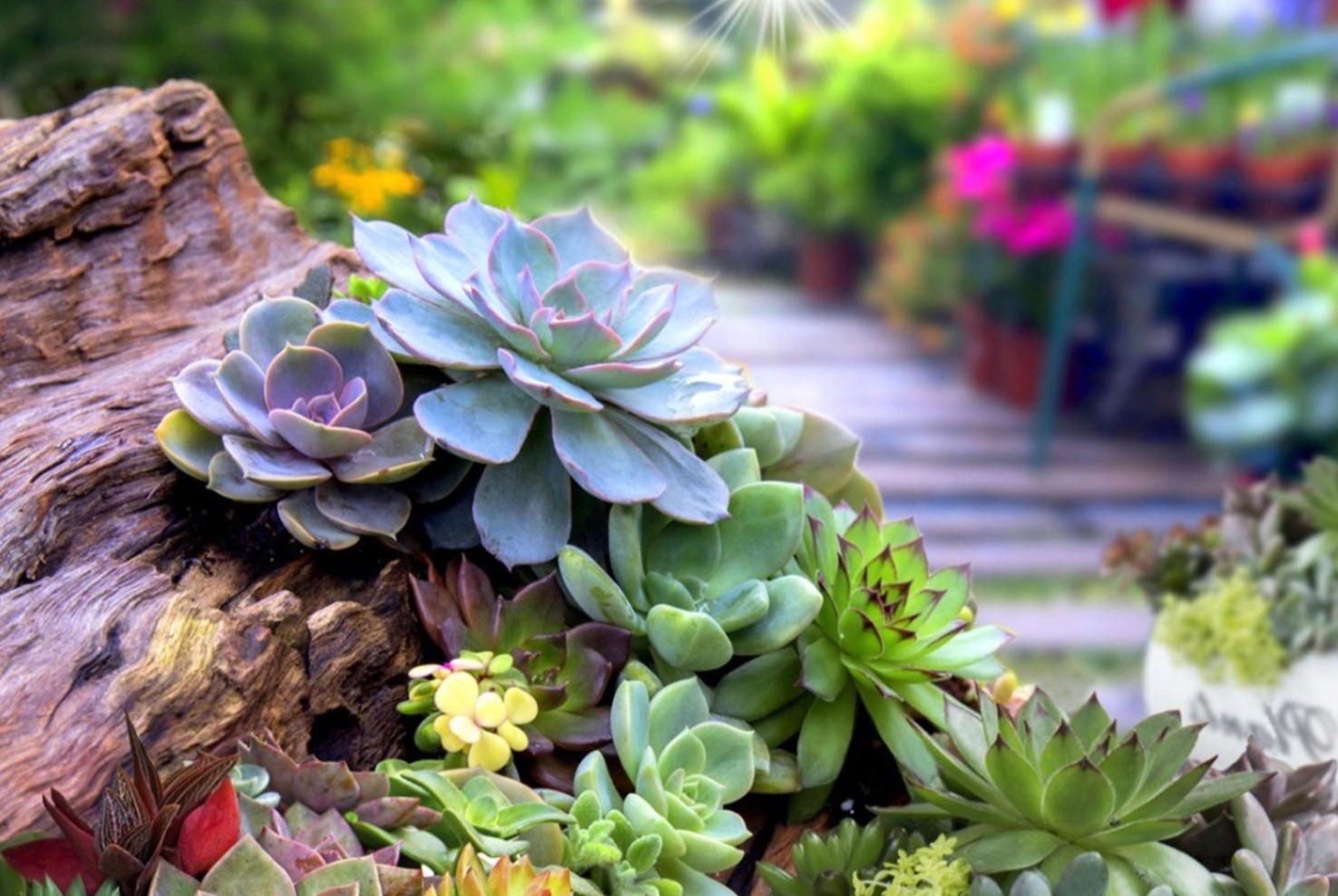
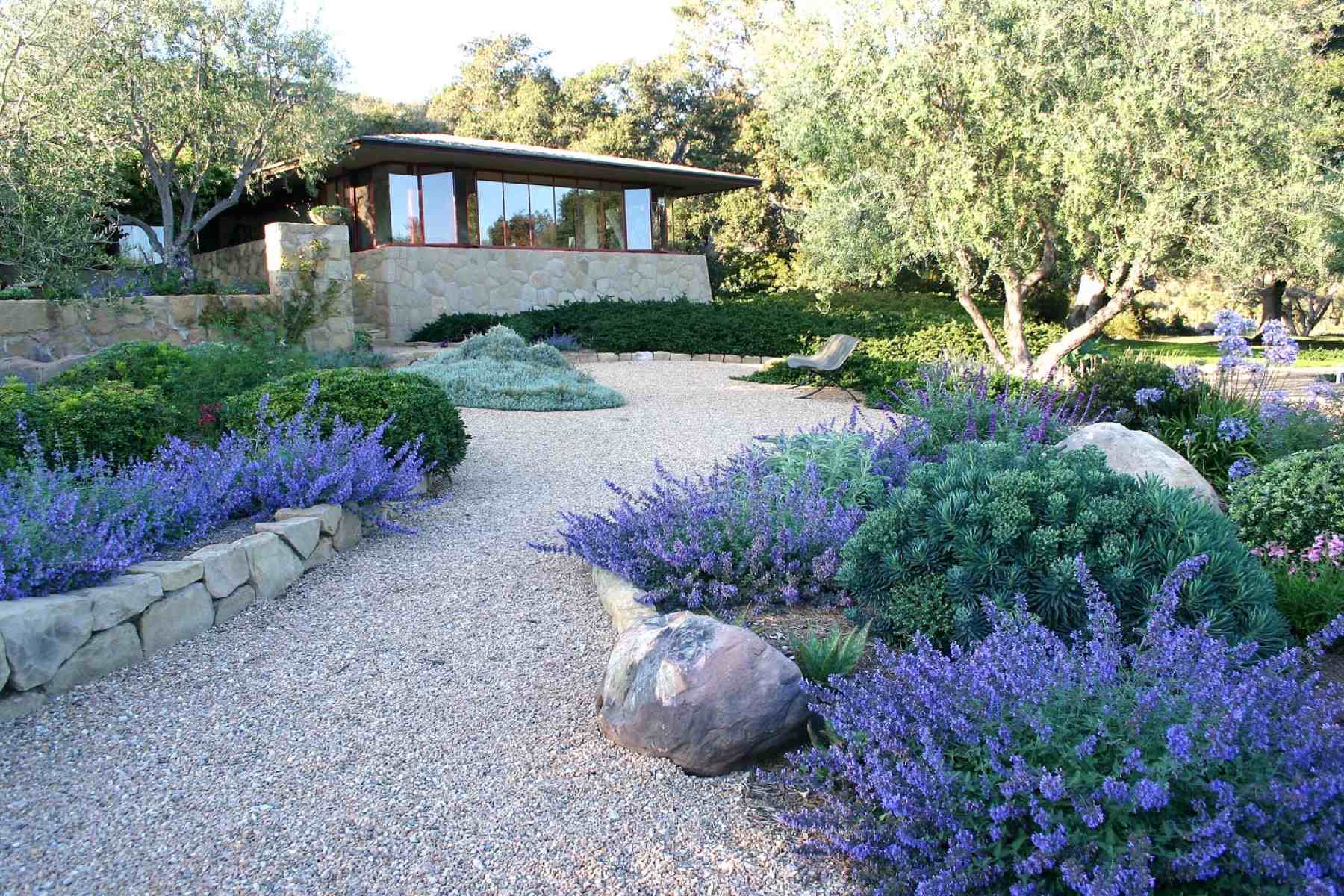

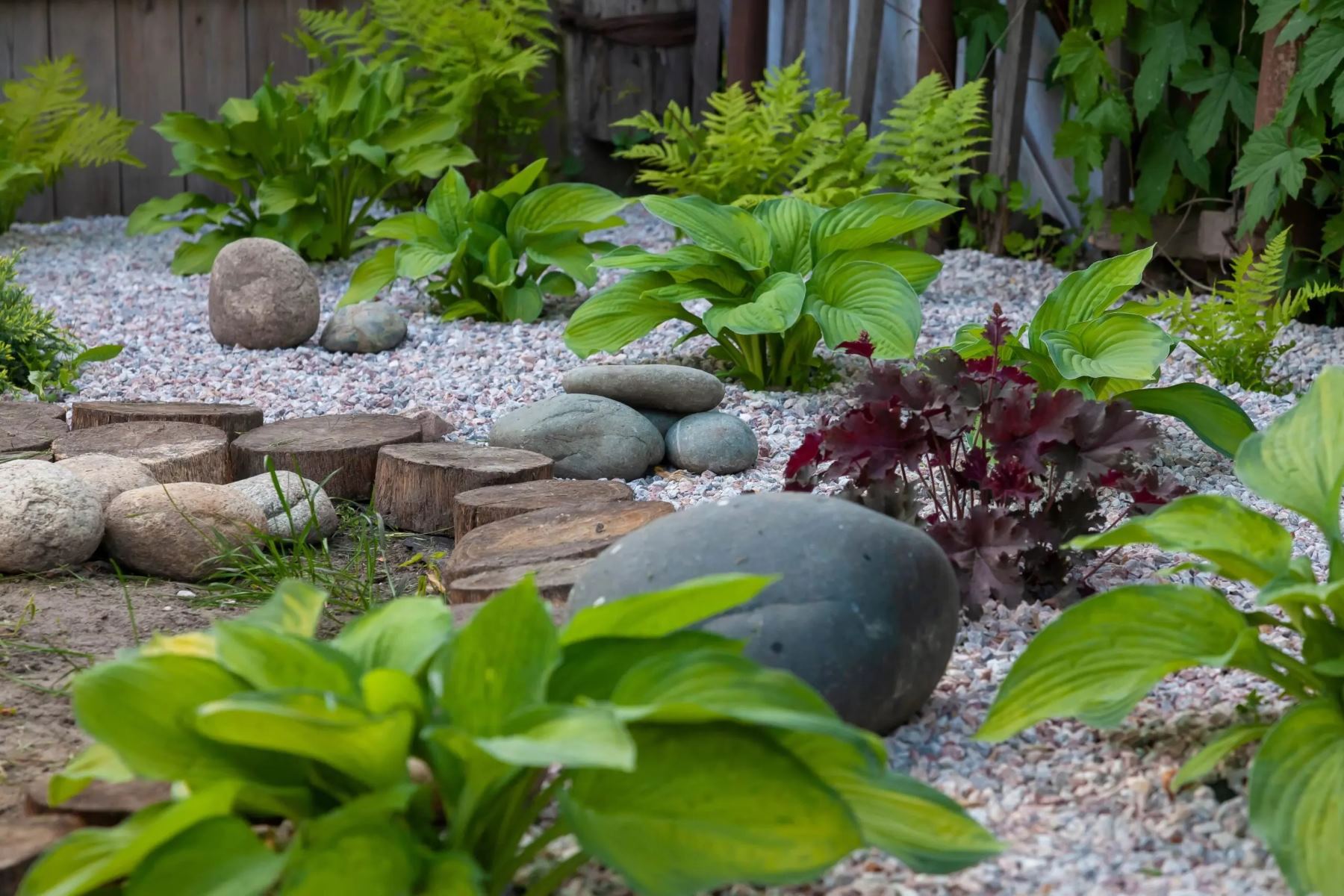
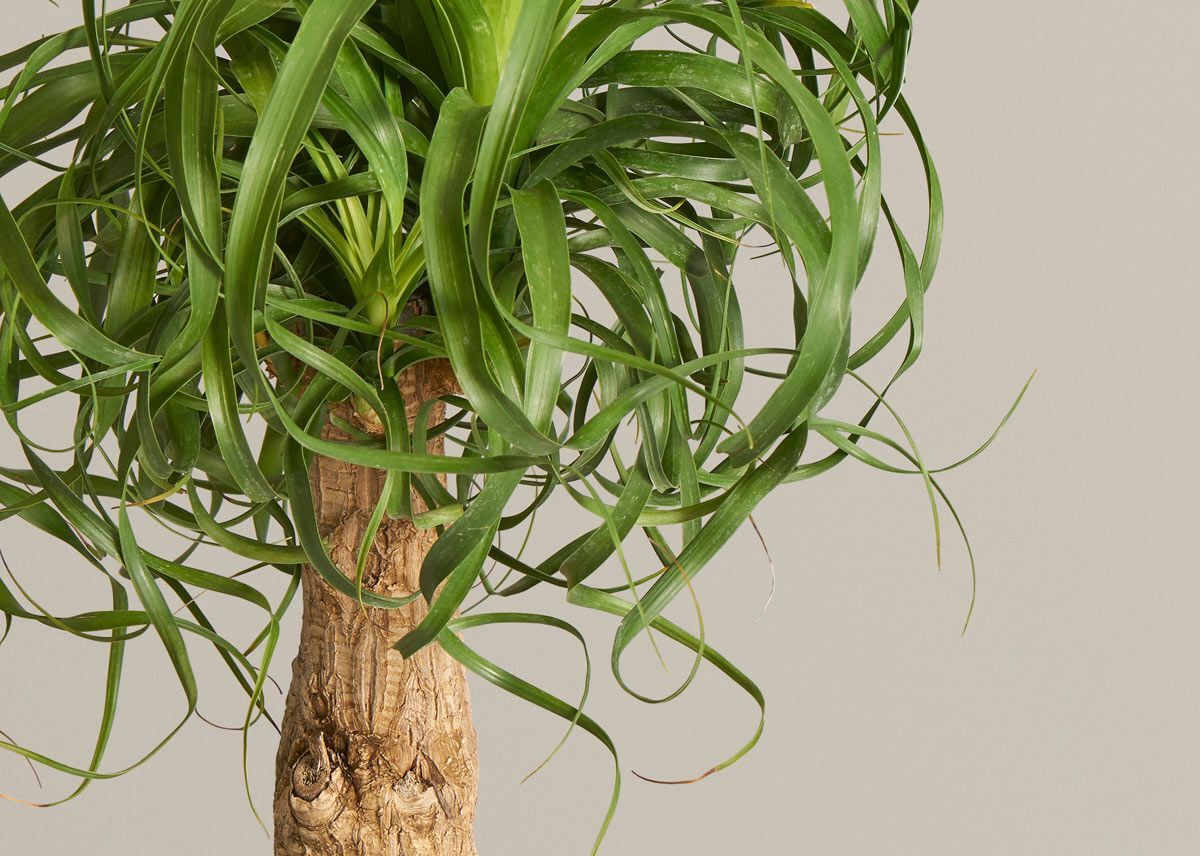
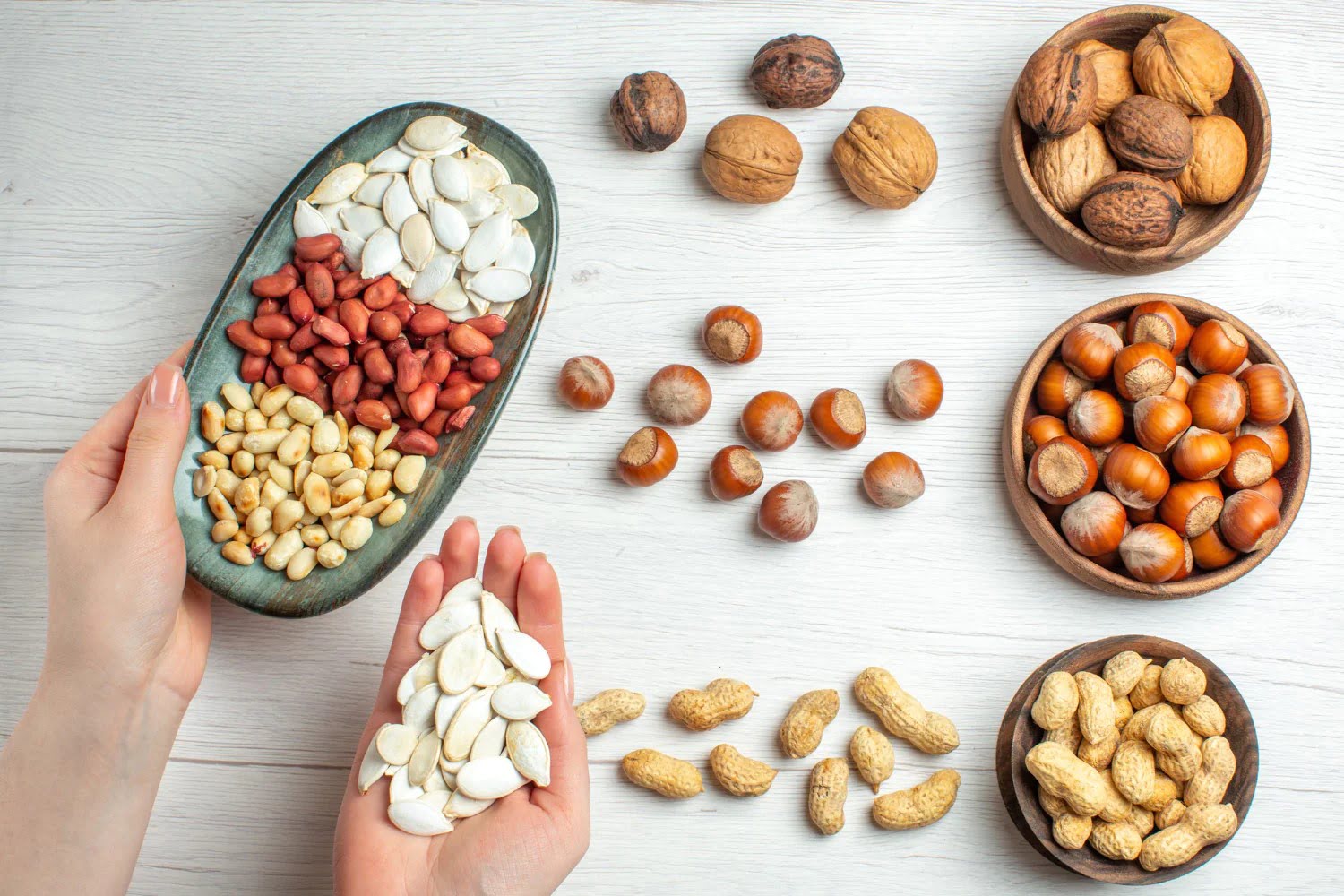
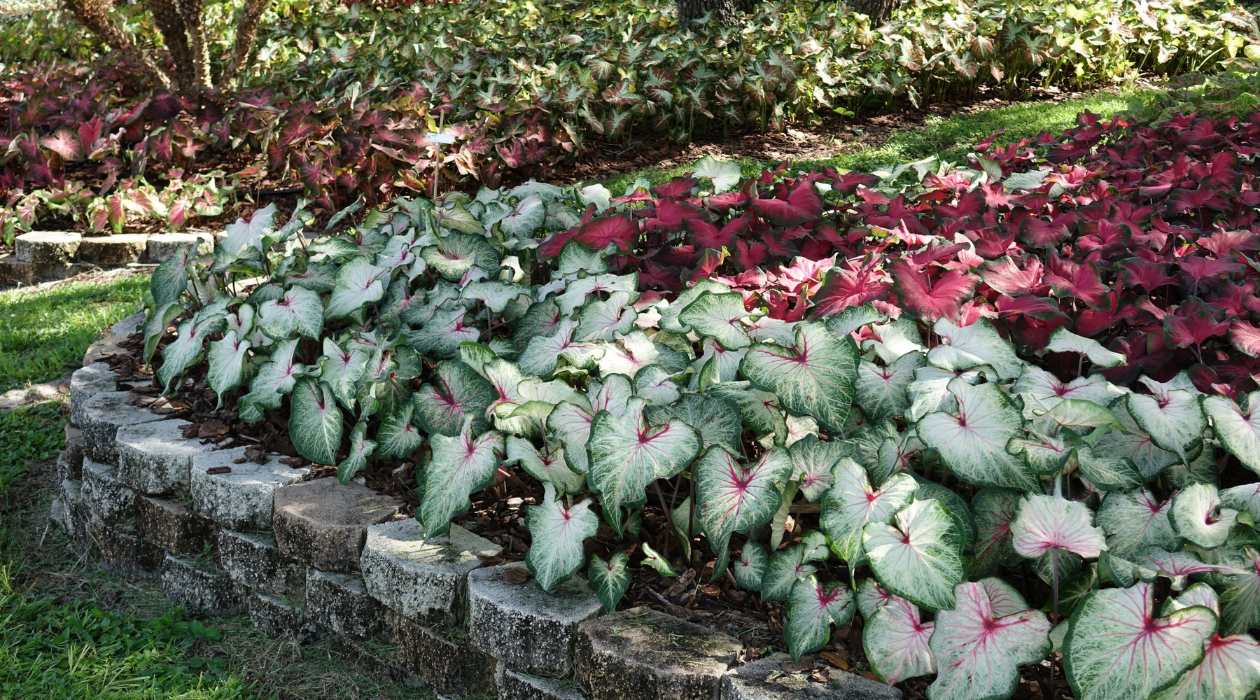

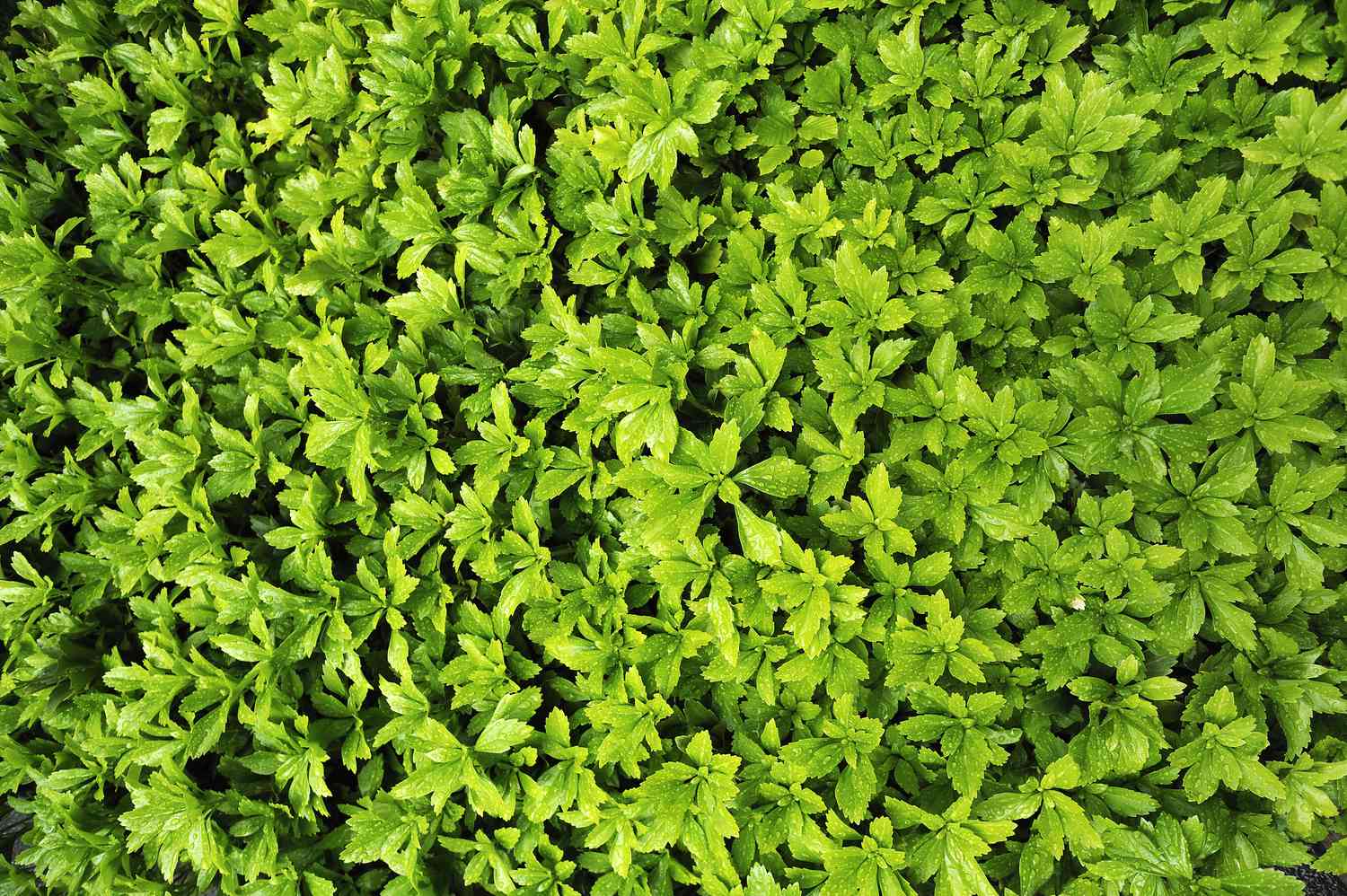
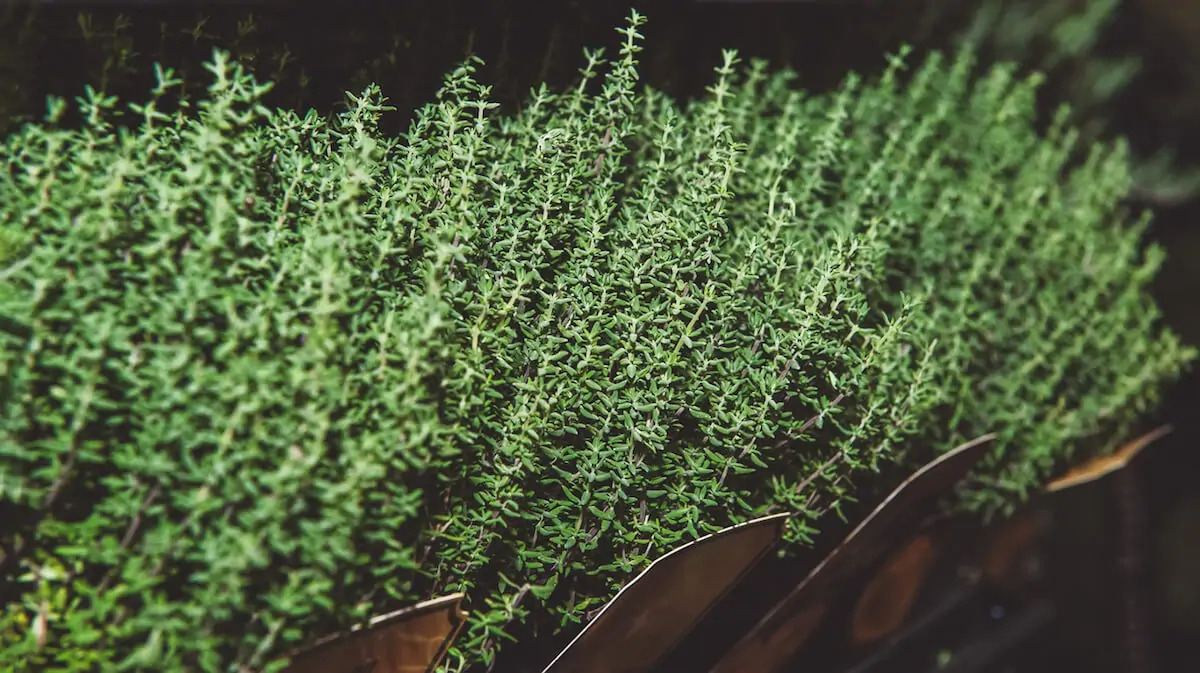
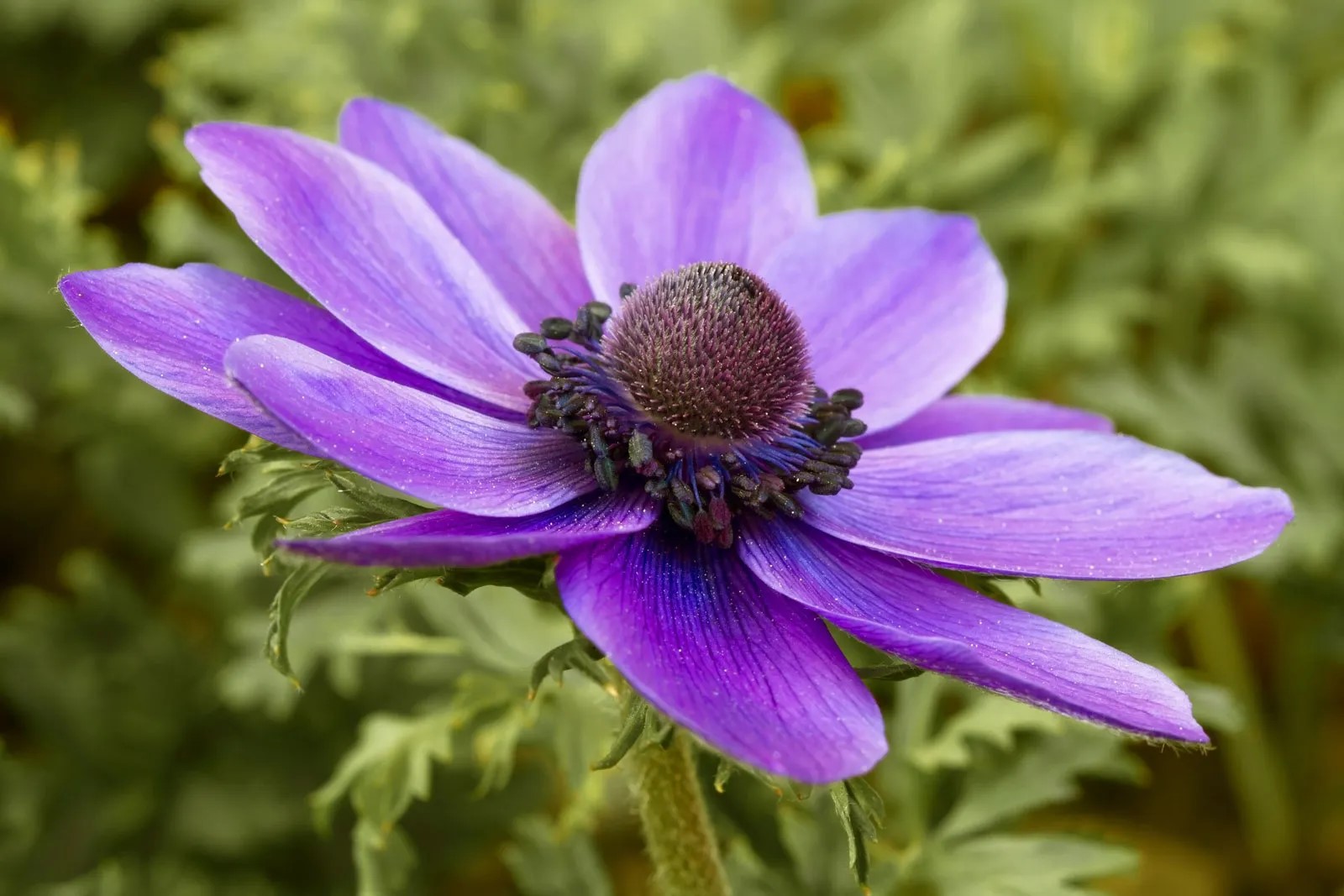
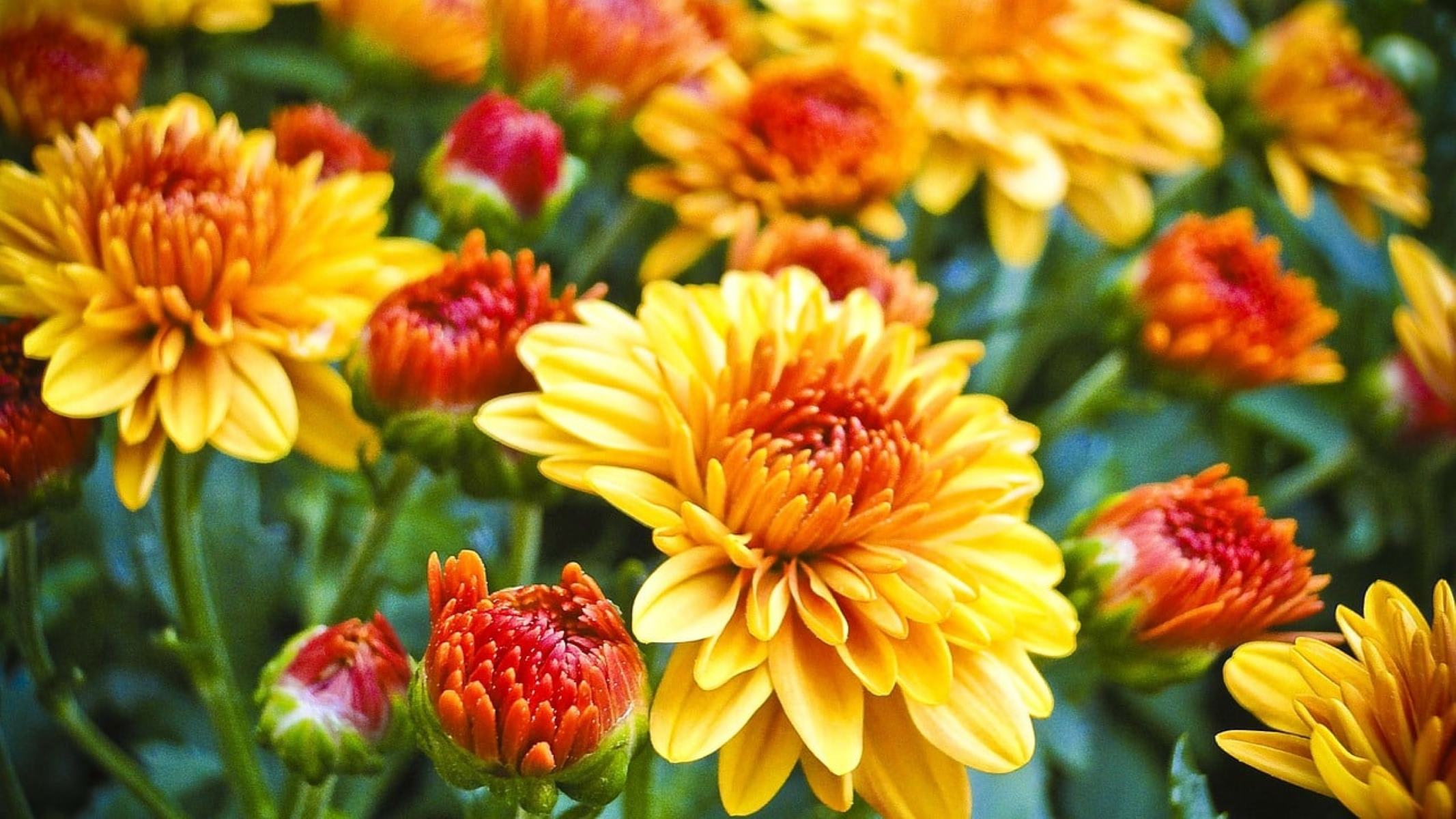
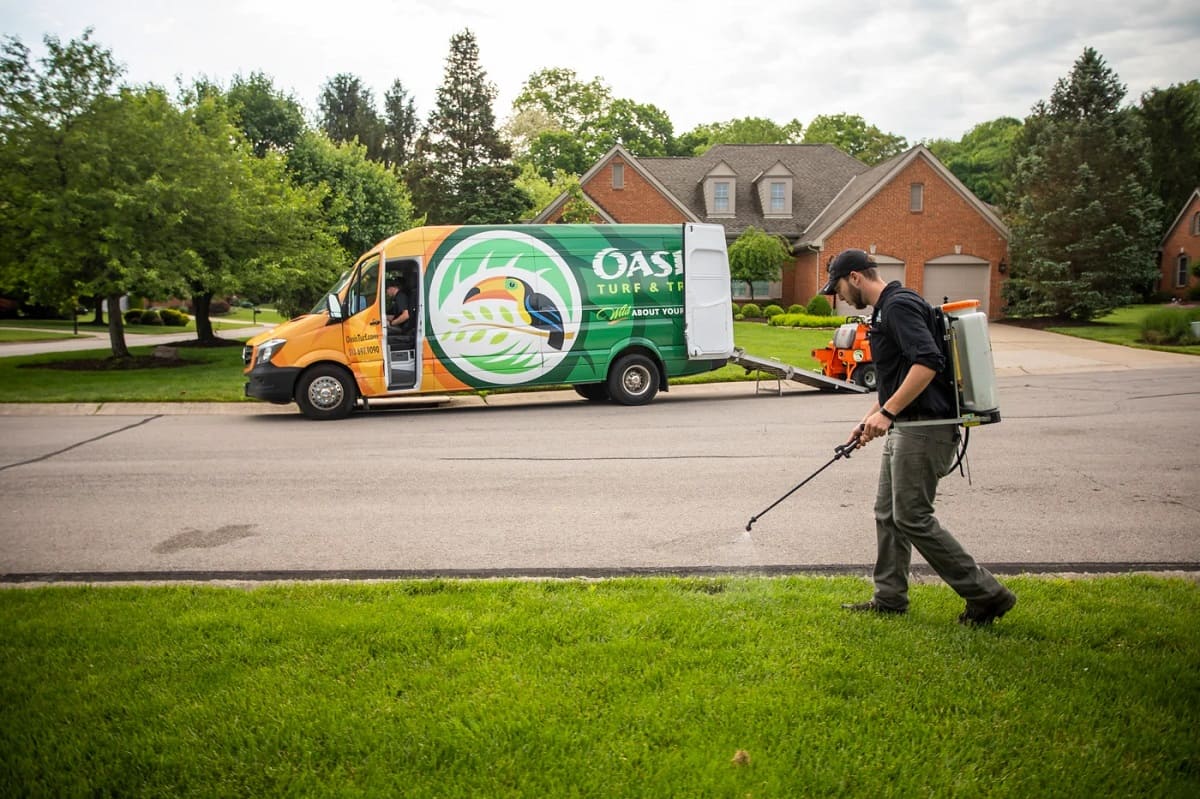

0 thoughts on “What Is The Most Drought-Tolerant Grass Seed”